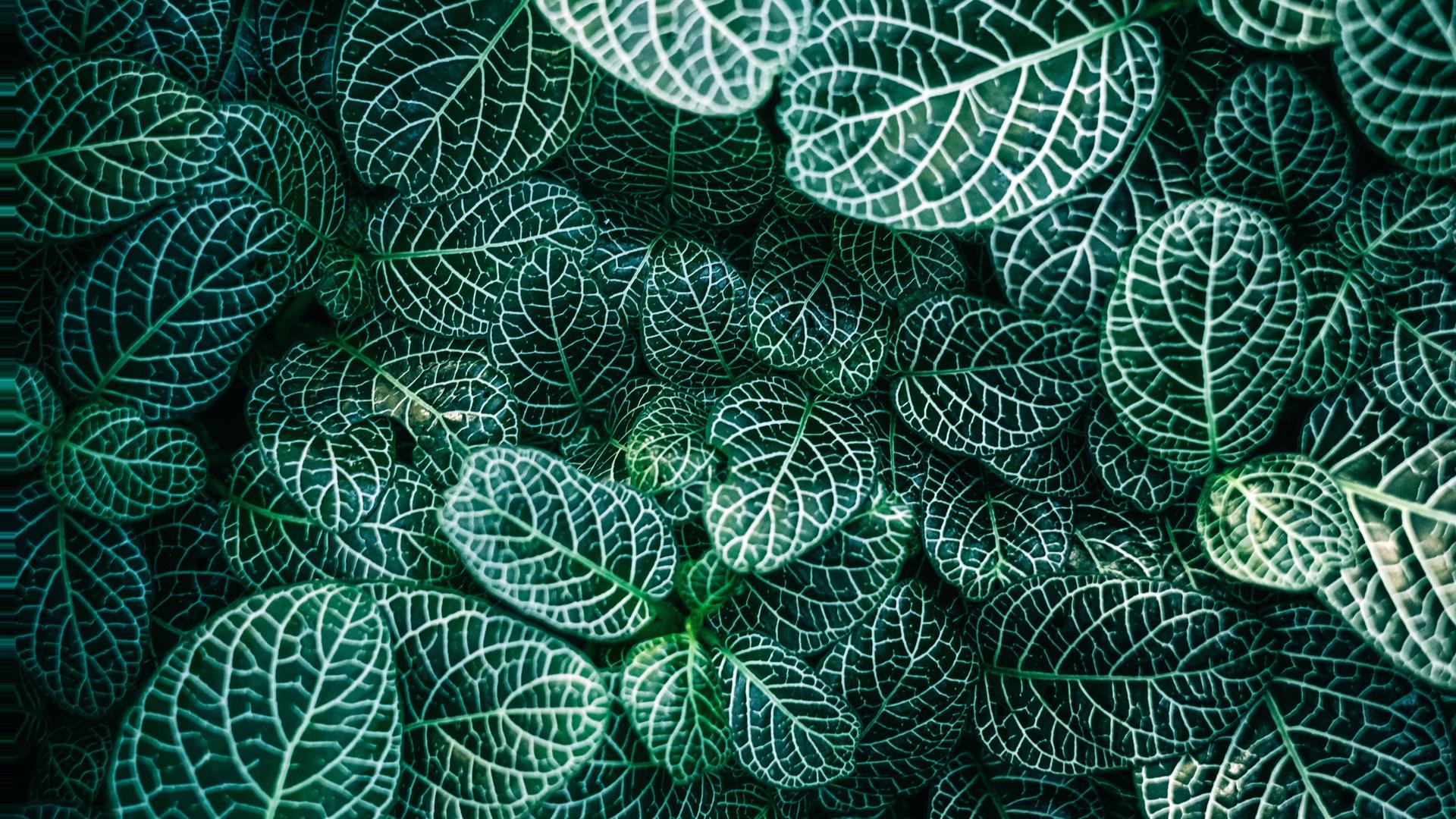Plants are ramping up photosynthesis, helping absorb all our carbon dioxide
Green plants like this one are helping us fight climate change — but scientists say that in the future, they may not be able to absorb so much of our extra CO2.
Atmospheric carbon dioxide levels have risen sharply since the start of the Industrial Age — from 270 parts per million (ppm) in the late 1700s to some 400 ppm in January 2015 — and scientists say that's warming the Earth at a dangerous rate.
But new research suggests that in recent decades, we’ve been getting by with a little help from our friends. That is, green plants have ramped up photosynthesis in response to rising carbon dioxide levels, soaking up more of the heat-trapping greenhouse gases and slowing the rate of global warming. It’s welcome news, but don’t get too comfortable: Researchers say it will soon be too hot for plants to keep absorbing so much of our extra carbon dioxide.
“We've known for decades that ecosystems have been taking up a lot of the carbon dioxide we emit into the atmosphere,” says Trevor Keenan, an ecologist at Lawrence Berkeley National Laboratory and the lead author of the new study. “Now, they are not taking up near enough to really stop climate change, but they are slowing it down significantly.”
The scientists found that despite increasing emissions from human activity, the growth rate of carbon dioxide in the atmosphere actually held steady from 2002-2014. Without the help of plants, Keenan says, atmospheric carbon dioxide levels would already be at about 460 ppm. “That's something we don't expect until about 2050 or 2060,” he adds.
The catch, Keenan explains, is that while plants take in atmospheric carbon dioxide through photosynthesis, using it to grow and support their metabolism, they also release carbon dioxide through a process called respiration. And respiration, Keenan notes, is highly dependent on temperature.
“So, as CO2 is going up, plants take more CO2 from the atmosphere,” Keenan says. “But as temperatures go up, they also release more CO2 into the atmosphere, because of the effect of temperature on respiration.”
In other words, our slowdown in global warming — like all grace periods — is temporary. “As temperatures rise with CO2, that has a net negative effect on the carbon balance of the land surface and on ecosystems,” Keenan says.
In fact, Keenan wagers that with the force of El Niño over the past two years, bringing with it increased temperatures, our grace period may already be over.
“A lot of carbon goes into soils, and these soils are respiring,” he says. “As [the] temperature rises, the carbon that has been stored there could be released back into the atmosphere. That's super important because, in the Paris Agreement that was signed recently, two-thirds of the countries said they would use the land sink to help them in their mitigation efforts.”
To arrive at their findings, Keenan and his colleagues studied atmospheric carbon dioxide measurements, which have been meticulously tracked since the 1950s.
“By examining changes in the amount of CO2in the atmosphere over time,” Keenan says, “we can infer what is happening on the land surface and [in] the oceans because we also know how much we're emitting into the atmosphere.”
Specifically, oceans don’t vary much in the amount of carbon they absorb, Keenan says. “On land, however, models disagree quite a lot, and there’s a lot of variability from year to year.”
Where exactly all that extra carbon dioxide is going on land is still a matter of debate. According to Keenan, satellite and atmospheric data suggest there could be high levels of carbon dioxide absorption in tropical areas. “But when you measure tropical biomass over time, reports show very conflicting results,” he notes.
Keenan adds that as the Earth warms overall, green plants are beginning to grow at higher latitudes. “So a lot of carbon dioxide could be taken up by this new vegetation,” he says. “And also in semi-arid regions, so regions which are water-limited. Because [of] increased CO2 in the atmosphere, another effect that it has, is, it makes plants more efficient at using water, so more vegetation can survive in regions where previously it couldn't.”
Keenan recognizes that the study’s findings could be fuel for climate-change skeptics who argue that increased carbon dioxide levels are good for plants and the planet — period. To global warming naysayers, Keenan has a message of his own:
“In any warming systems, especially a system as complex as the Earth's climate system, you expect brief periods where there is no warming apparent,” he says. “Those periods ultimately end because the system is on an upper trajectory. So, although [skeptics] could use the results to say that CO2 is good for plants, it's really missing the whole picture.
“The kind of extreme temperatures we expect to see because of this CO2 is most definitely detrimental to plants, due to increased drought mortality, [and] increased fire frequencies globally. It really is quite a scary scenario we're looking at.”
This article is based on an interview that aired on PRI’s Living on Earth with Steve Curwood.
